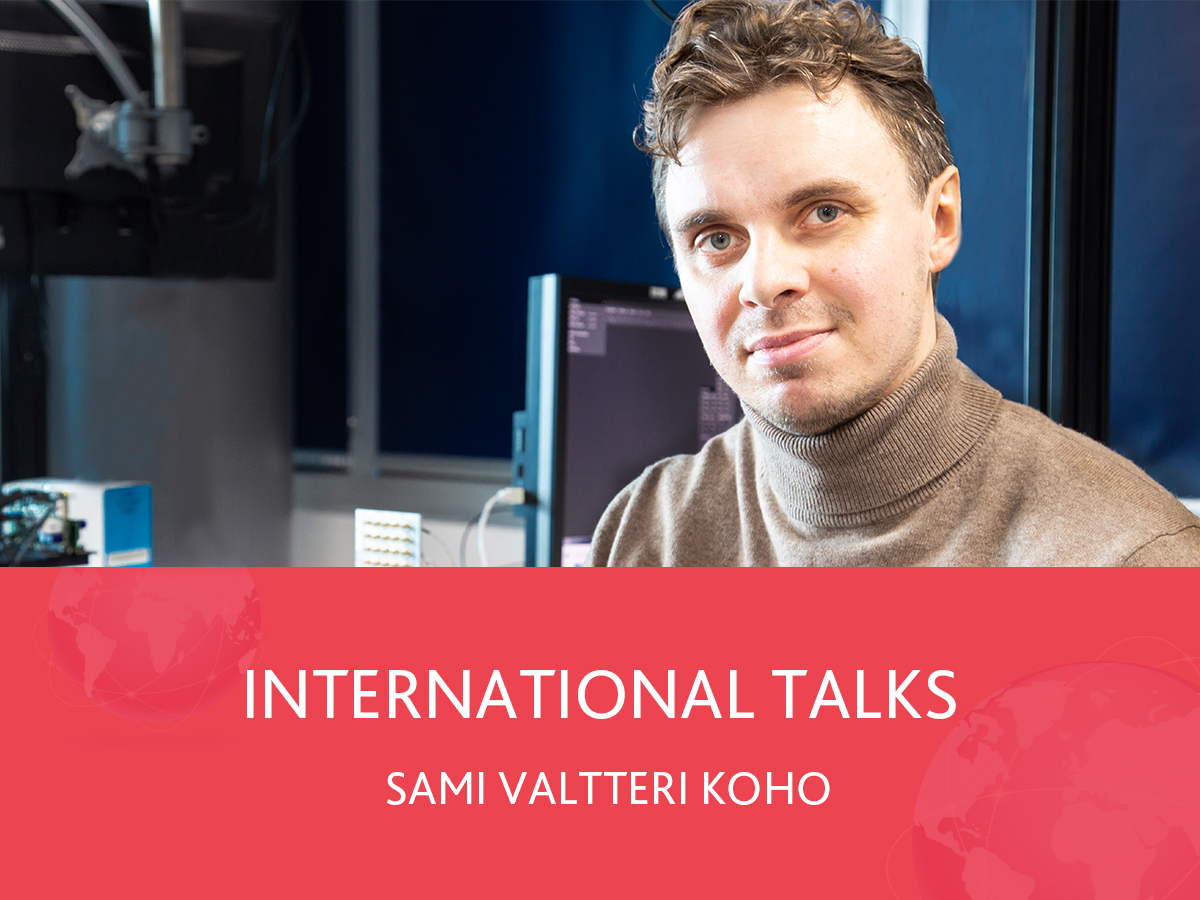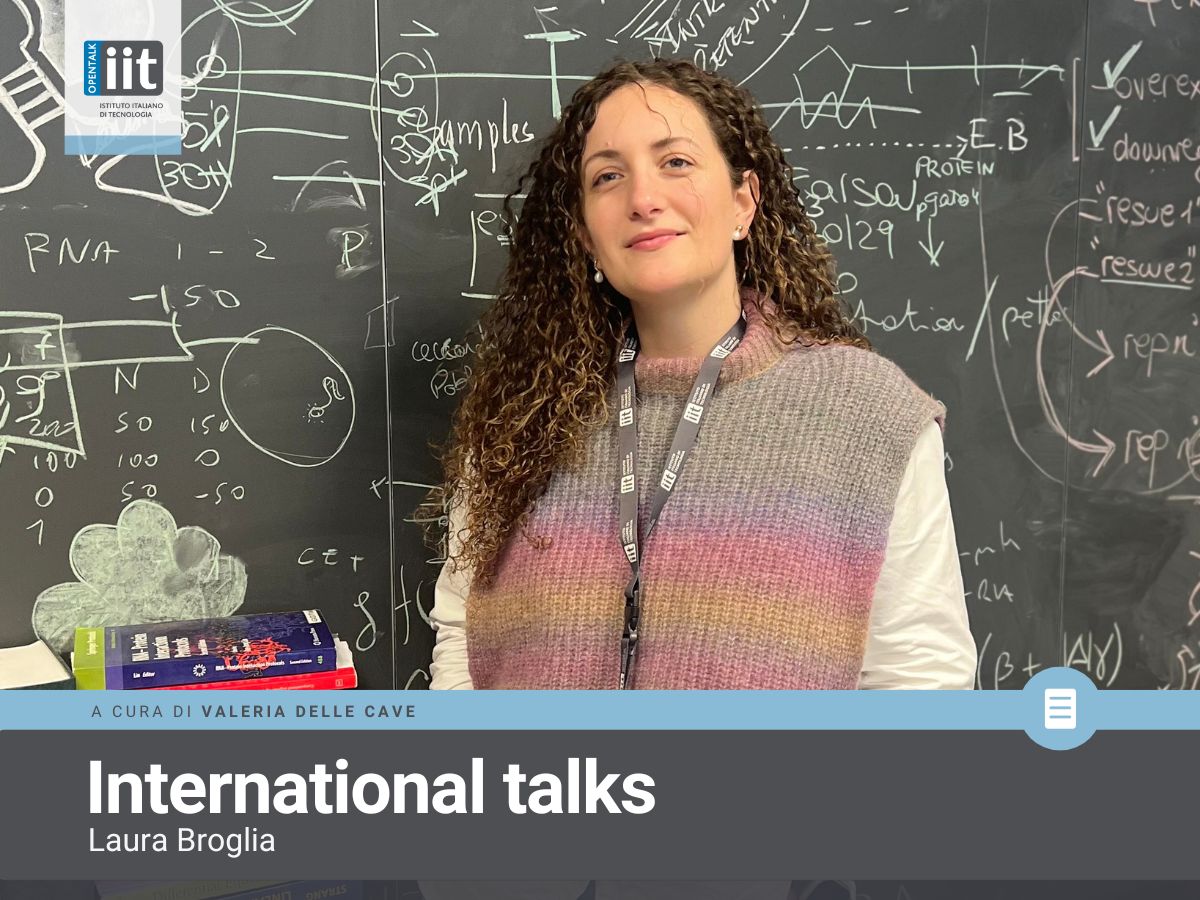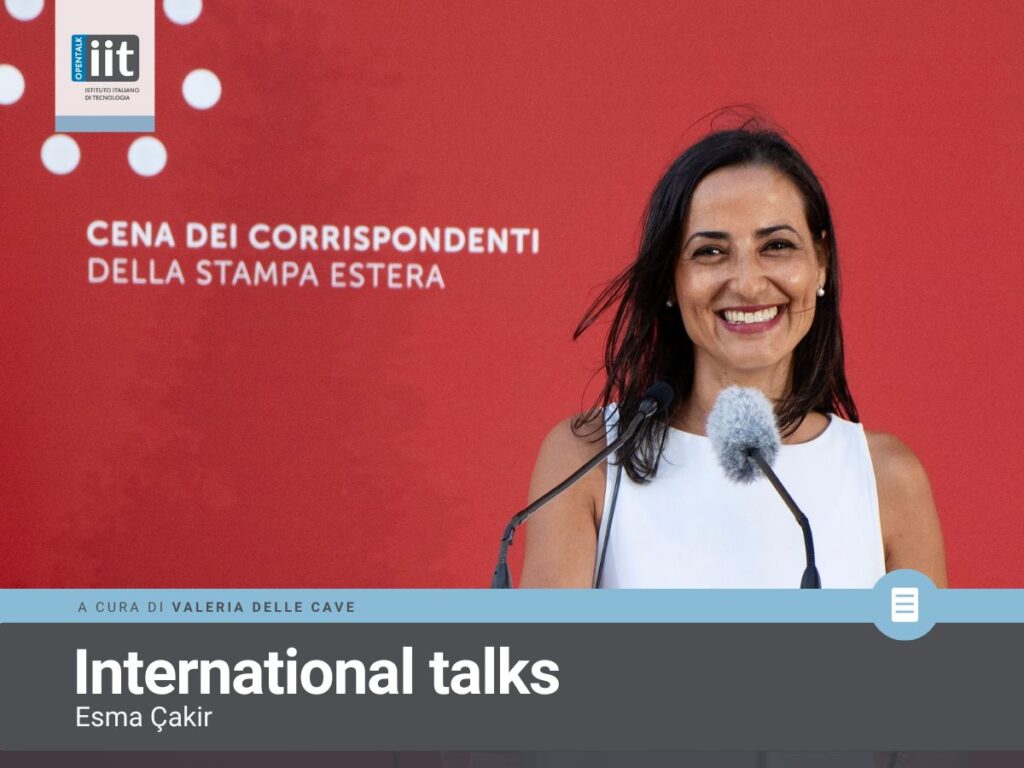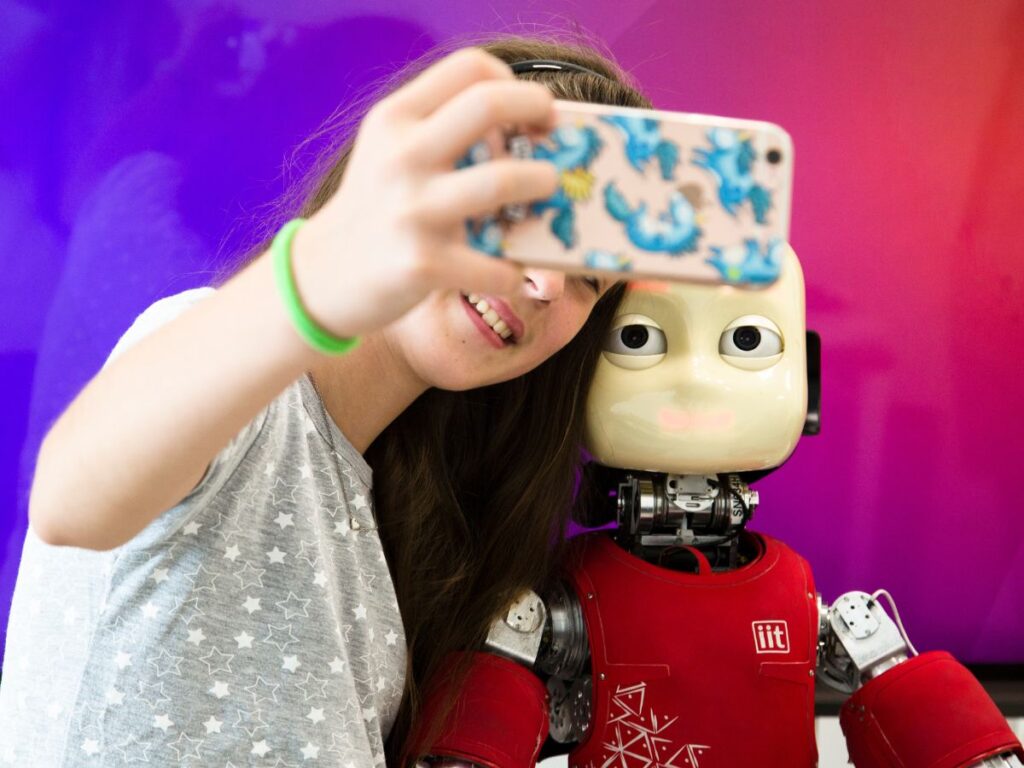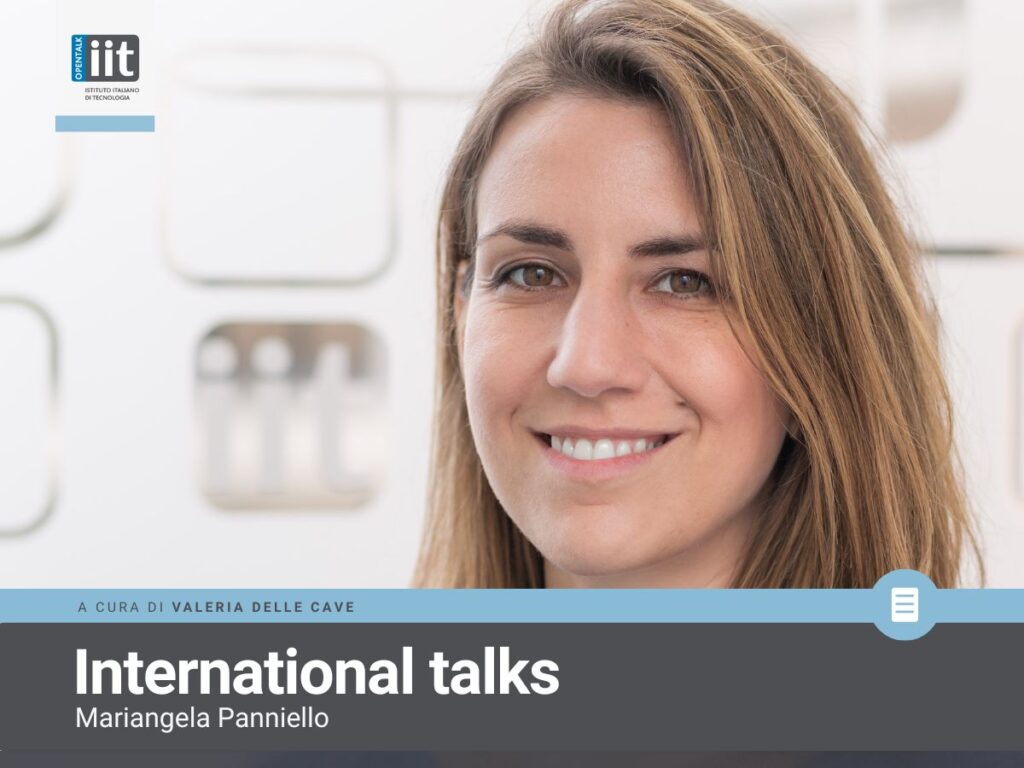New kind of microscope to generate very detailed images
Once again, I find myself marveling at the view outside the window of our microscopy lab. The setting sun is re-coloring the Genoa harbor in splendid hues of yellow, a treat I can enjoy daily. The IIT Erzelli campus, where I am now located, is a ground-breaking facility built on a hill just above the harbor area — a place that I reach everyday with my road bike from the Genoa city center. I seem to be one of the few relying on a bicycle for commuting. It is such a daily thrill: people sitting stuck in traffic, or waiting for the ever-delayed public transport, they really don’t know what they are missing out on. But how did I get to Erzelli from my home country, Finland?I suppose my Italian adventure started back home in March 2016, when my current boss, Dr. Giuseppe Vicidomini, agreed to act as opponent in my PhD defense. In Finland, defending a thesis is a serious business: it usually entails two-three hours of public discussion between the candidate and the opponent; our battle of words eventually led Giuseppe offering me a postdoc position in his then newly formed research group (Molecular Microscopy and Spectroscopy) at IIT in Genoa. He wanted me to build microscopes. I knew that accepting the job would mean making sacrifices with my life in Finland but being part of his team was worth packing and heading South. I am glad I did that: during my postdoc , surrounded by stimulating researchers, I achieved exciting results – I got to build microscopes and also developed some new computational methods for image restoration and analysis.Upon my arrival at IIT in January 2017, Giuseppe also suggested that I should consider making an application for a Marie Curie individual fellowship. I did not really take the suggestion very seriously at first, as I had just arrived, and had my postdoc research to consider. However, as the winter started to turn into a nice spring, possible project ideas for the funding application started to take form. We made the habit of discussing every new idea over a cup of coffee – the Italian coffee is very short, but we ended up drinking quite many of them. Eventually, in late spring as I recall, we finally agreed on the idea, on which I then decided to write the Marie Curie application. As it turns out, the idea was also to the liking of the review board, as the application turned out to be successful.My research project is about building a new kind of microscope that can generate very detailed images of complex biological samples, such as tissue sections. The microscope will be able to resolve tiny structures, down-to the level of a few molecules, within cells that form the sample. To achieve that, I am using a new kind of single-photon sensitive camera developed by the group that I am part of, as well as a technique called adaptive optics. The new kind of camera allows me to record images with unprecedented speed, and to see different optical distortions that degrade the quality of images recorded with the microscope. The adaptive optics — a technique originally developed by astronomers to enable them to see far away stars — allows me to correct those distortions. It works, in essence, by bending the light to the opposite direction than the sample does, thus making the images clear again — sort of like straightening a bent piece of wire. The project is proceeding according to schedule, and the first results should be out shortly.For me, Italy has been a great place to live so far. Even if for sure, as a Finn used to be surrounded by nature and to breathe clean air, the traffic and pollution in Genoa sometimes gets on my nerves, I like what the city is offering me: great food, new friends and the opportunity to work in a cutting-edge environment. Life in Genoa is helping me to grow both as a person and as a scientist.Sami Valtteri Koho is a Researcher (Marie Curie fellow) at the Molecular Microscopy and Spectroscopy Research Line at IIT’s Center for Human technology in Genova. For research updates, follow him on Twitter at @VicidominiLabThis project has received funding from the European Union’s Horizon 2020 research and innovation programme under the Marie Skłodowska-Curie grant agreement No 794531

